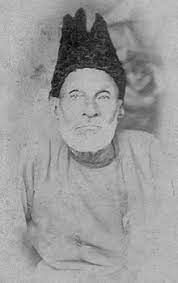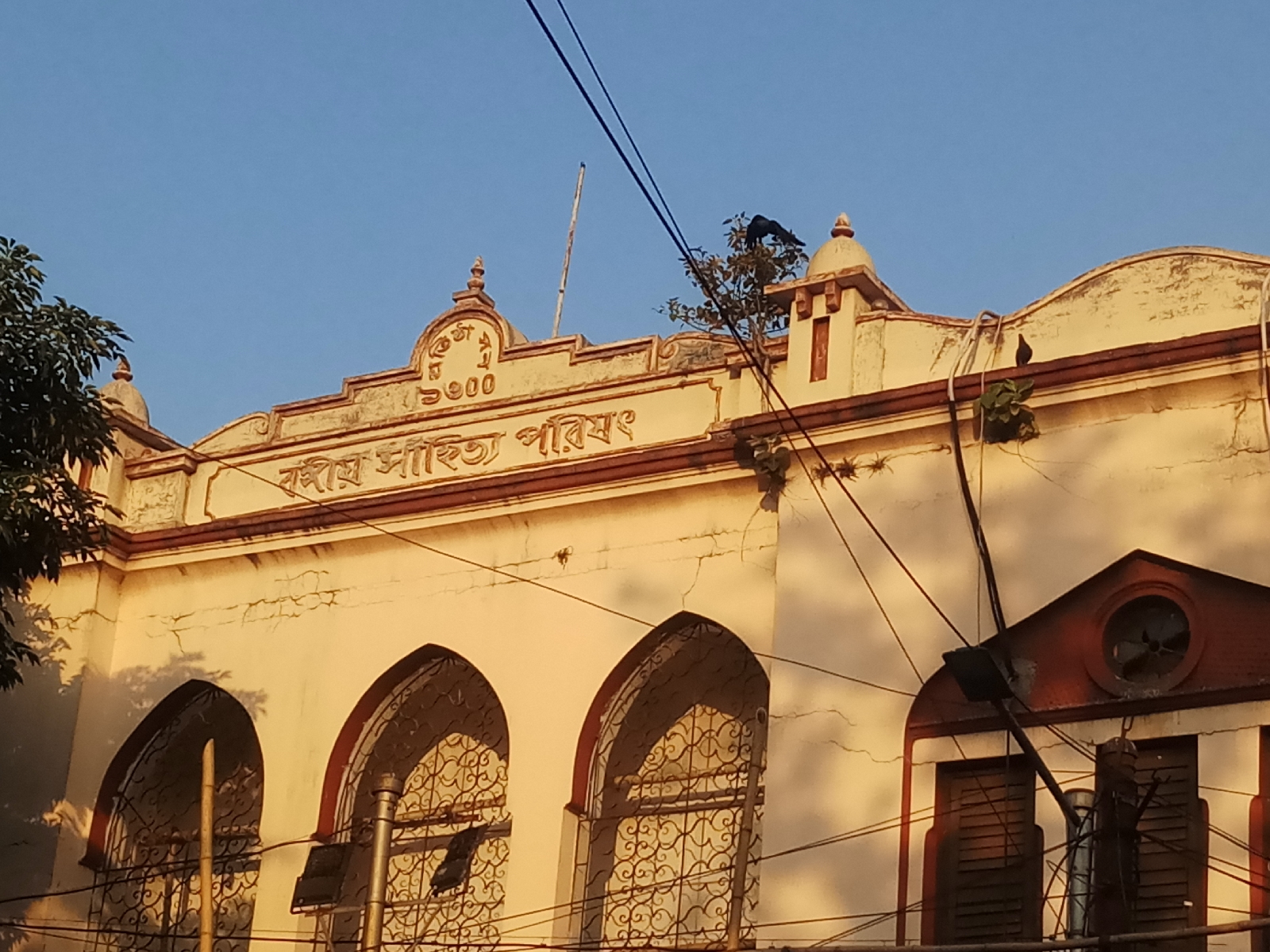East Kolkata Wetlands
- ‘Wetlands are areas where water covers the soil, or is present either at or near the surface of the soil all year or for varying periods of time during the year’. The East Kolkata Wetlands are an amalgamation of natural and man-made wetlands lying east of the city of Kolkata.
- The wetlands cover 125 square km and include salt marshes, and agricultural fields, sewage farms and settling ponds. The primary utility of the area is to treat Kolkata's sewage. This functionality has earned the place its nickname – ‘Kidney of Kolkata’.
- The nutrients thereby accumulated in the wastewater are used to sustain fisheries and agricultural lands.
- This site designated to be of international importance under the Ramsar Convention, also known as "The Convention on Wetlands", an intergovernmental environmental treaty established in 1971 by UNESCO, which was implemented in 1975.
- The name East Calcutta Wetlands was coined by late Dhrubajyoti Ghosh, Special Advisory (Agricultural Ecosystems), Commission on Ecosystem Management, IUCN, who visited this vast but neglected part of the city, while working as an engineer for the Government of West Bengal's Water & Sanitation Department. He discovered that these wetlands served, in effect, as the natural sewage treatment plant for the city. The East Kolkata Wetlands host the largest sewage fed aquaculture in the world.
- Biodiversity - The rich floristic diversity of the area is worth mentioning. As per a report in 2020, plants belonging to 381 taxa (371 angiosperms, 1 gymnosperm and 9 of pteridophytes) have been documented. Among the angiosperms, 77% of the taxa were dicots and 23% taxa were monocots. Other organisms reported include algae, macro and micro fungi, bryophytes, as well as several fauna belonging to the category of fishes, amphibians, insects, reptiles, birds and mammals. This rich biodiversity area should be protected to preserve this wetland ecosystem. Water hyacinths flourish abundantly ane serve as a buffer between land and water to minimise erosion. Many varieties of vegetables are farmed here. Paddy cultivation is carried out as well.
- The wetland runs parallel to the EM bypass and can be entered through various points along the bypass. It can be approached through roads at the vicinity of Science City and Bantala Leather Complex. The peaceful ambience within the jostling city attracts many bird watchers and nature lovers for a casual walk along the shaded pathways. The area is visitable all year around. It is a challenge to preserve the area from encroachments of concrete structures.
- The entire area constitutes approximately 260 sewage-fed fishponds, salt marshes and ponds. On a daily basis, they naturally recycle 910 million litres of the city’s untreated sewage by providing a basin for aerobic treatment of wastewater. The wetlands also play a crucial role in moderating the impacts of floods, droughts, heat waves, and they sequester carbon dioxide from the atmosphere.
- The West Bengal Government passed the East Kolkata Wetlands (Conservation and Management) Act of 2006. The Act underlines the constitution and responsibilities of the East Kolkata Wetlands Management Authority (EKWMA) for effective conservation and management of the EKW.
- Wetlands Day originated in Kolkata on June 16, 1990, seven years prior to the establishment of World Wetlands Day by the Ramsar Secretariat in 1997.
- This area provides nature-based solution, mitigating the need for expensive artificial wastewater treatment while ensuring food security and livelihood opportunities for local communities.
References:
https://en.wikipedia.org/wiki/East_Calcutta_Wetlands
https://www.researchgate.net/publication/358290034_Floristic_Diversity_of_East_Kolkata_Wetlands









Comments
Post a Comment